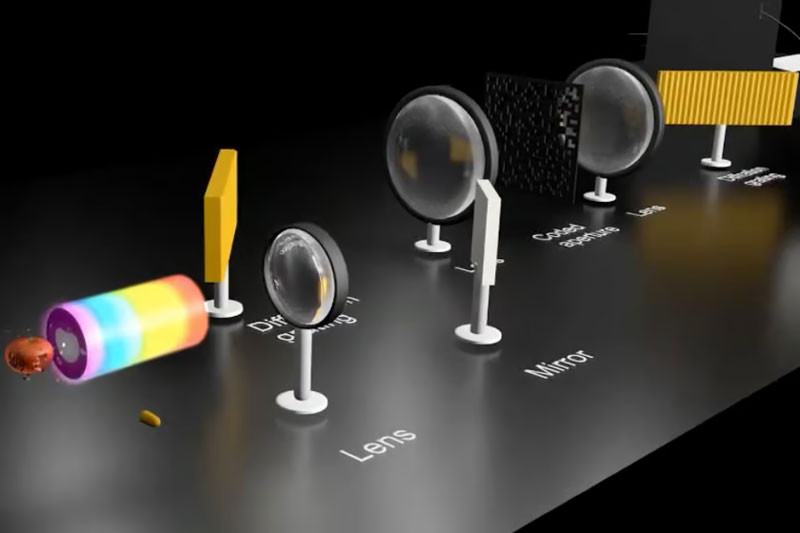Engineers Created The Fastest Camera In The World
The new camera can capture events on the femtosecond scale. For reference, there are approximately the same number of them in one second as there are seconds in 32 million years.
Engineers at the INRS Énergie Matériaux Télécommunications Research Center in Canada have developed the world’s fastest camera. It shoots at 156.3 trillion frames per second. By comparison, the best smartphone slow-motion cameras use several hundred frames per second to slow down, and professional cinematography cameras use several thousand.

The INRS Center is developing its own high-speed imaging technology, the basis for which was created ten years ago. During this time, experts consistently increased the speed from 100 billion frames per second (CUP camera) to 10 trillion (T-CUP) and 70 trillion (CUSP or compressed ultrafast spectral photography). A new modification of the platform (it’s hard to call it a camera) allows you to film processes at a speed of 156.3 trillion frames per second. The setup became known as SCARF, or “aperture-coded real-time femtophotography.”
The SCARF camera emits a “chirped” ultra-short laser pulse in which the frequency varies within the pulse, which then passes through the event or object being imaged. In fact, the following happens: the device records the event first at red wavelengths, then at orange, yellow and further along the spectrum to violet. Because the event happens so quickly, by the time each subsequent “color” reaches it, it looks different, which allows the impulse to capture the entire event in an incredibly short period of time – conditionally, spectrally stretching time than would be possible ” monolithic” impulse.
While ordinary people are unlikely to have to watch high-speed video captured by SCARF systems, the researchers say capturing new ultra-fast phenomena could help improve fields such as physics, biology, chemistry, materials science and engineering.




